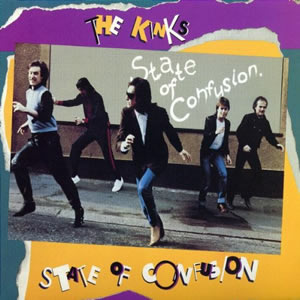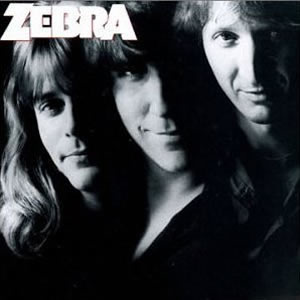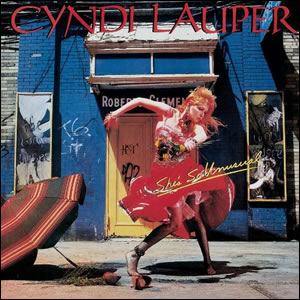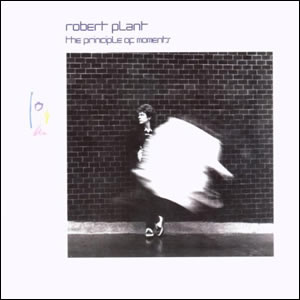War by U2
Buy War With their third album War in early 1983, U2 fully arrived on the international music scene and has remained on the top echelon ever since. A commercial success for the band, […]

Buy War With their third album War in early 1983, U2 fully arrived on the international music scene and has remained on the top echelon ever since. A commercial success for the band, […]

Buy State of Confusion The Kinks reached the climax of their second major success phase with State of Confusion in 1983. This album comes at the heart of the band’s early eighties “renaissance” […]

Buy Zebra The rock trio Zebra existed with almost equal measures of three critical stripes – love, hate and indifference. The group’s dedicated fans point out the melodic dynamics present with group leader […]

Buy 90125 An unplanned reformation of Yes in 1983 led to 90125, their most successful album commercially. What became their the eleventh studio album overall, was initially intended to be the debut album […]

Buy She’s So Unusual One of the most successful pop debuts ever, She’s So Unusual by New Yorker Cyndi Lauper, went on to spawn four top-five hits, a first for a debut album […]

Buy Cargo It is funny how fame works. When Men at Work recorded their second album Cargo in the summer of 1982, they were just a regional act who had moderate success in […]

Buy The Principle of Moments The 1983 release of The Principle of Moments was the second solo album by Robert Plant, following the disbandment of Led Zeppelin in late 1980. The album follows […]